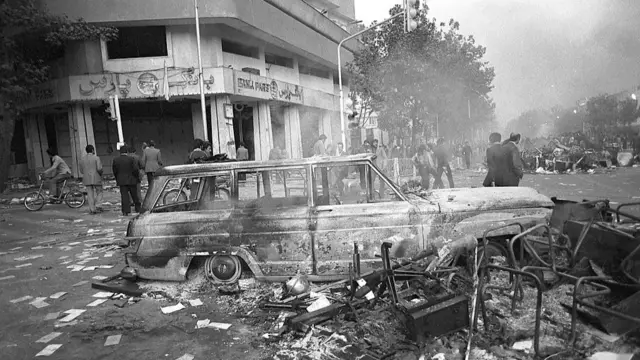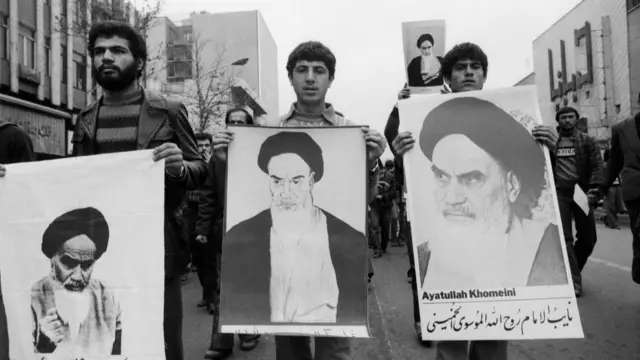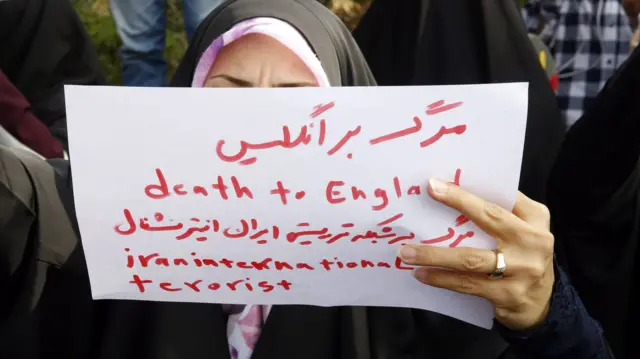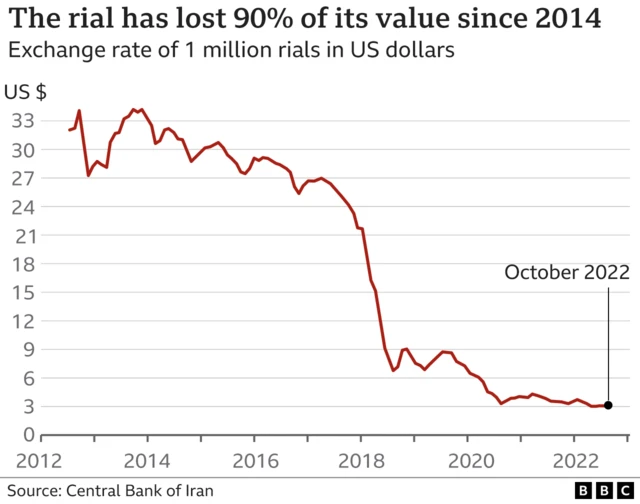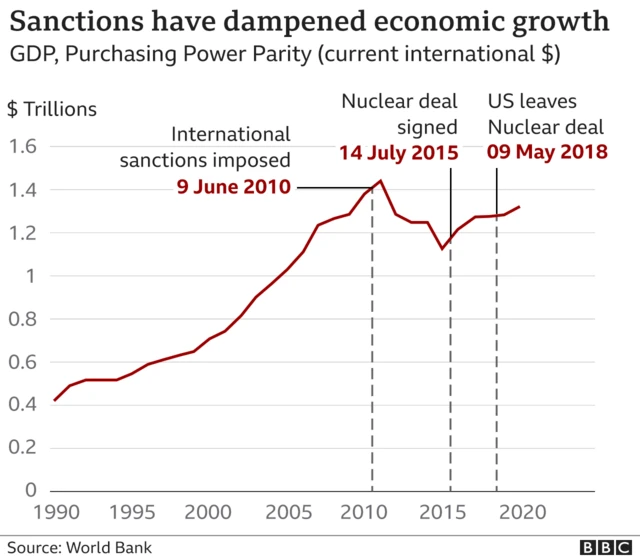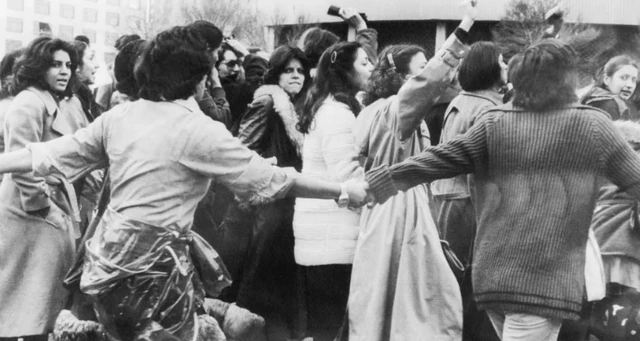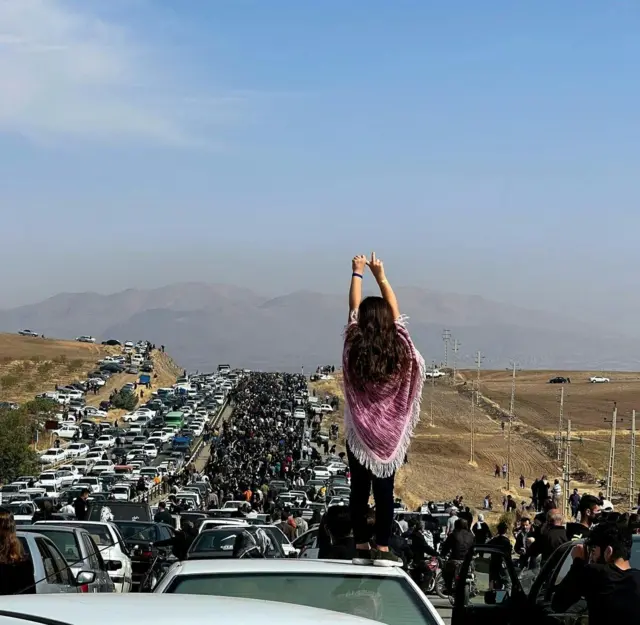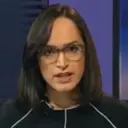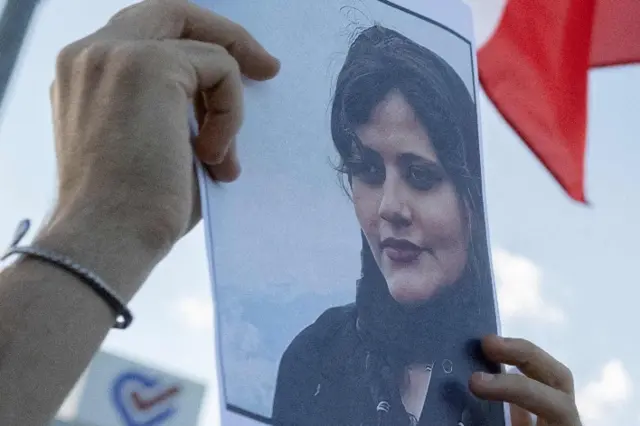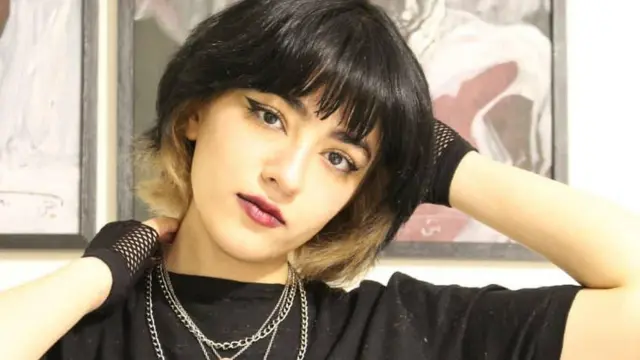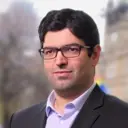What's happened today?published at 19:21 BST 27 October 2022
WATCH: Tear gas fired at crowd near Nika Shakarami grave
Iran today saw further anti-regime protests - which have now been recorded in all 31 provinces of the country.
Earlier, security forces clamped down on crowds which had gathered to mourn the death of teenager Nika Shakarami - appearing to fire tear gas as protesters threw stones. Last month, Shakarami was found dead 10 days after she was filmed burning her headscarf at a demonstration.
Reports suggest several demonstrators have died at the hands of security forces in the past days.
Here's what else we have been covering:
- Protesters gathered in front of government buildings in the city of Mahabad, a Kurdish city in the north-west
- Iranian President Ebrahim Raisi linked yesterday's IS-claimed attack on a Shia shrine to nationwide protests - saying the "riots" were "paving the ground for terrorist acts"
- Students continued marching at universities across the countrya day after marking 40 days since Mahsa Amini's death
- Iranian security forces attacked doctors and nurses who were protesting outside the Medical Council building in Isfahan - a day after 15 doctors were reportedly arrested at a similar protest in Tehran
- Iran summoned the German ambassador in Tehran after Foreign Minister Annalena Baerbock tightened entry restrictions on Iran
Thanks for following us today. Our live page was brought to you by James FitzGerald, Laura Gozzi, Chris Giles, Imogen James, James Harness, Phelan Chatterjee, Anna Boyd, Emily McGarvey, Marita Moloney and our colleagues at BBC Persian.

